8 Mae’s Journey to Space
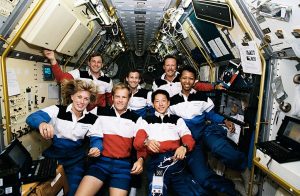 |
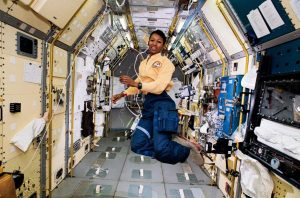 |
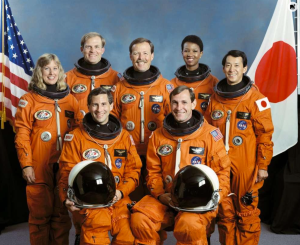 |
Mae graduated from her training in 1988, but she had to wait five more years before she was assigned to a space mission. While she waited, she continued to study at Lincoln University and got her Doctorate of Science degree in 1991. The next year, she was selected for a mission to space!
Finally on September 12, 1992, Mae Jemison boarded the Space Shuttle Endeavour at the Kennedy Space Center in Florida along with her crew members. The space crew included mission commander Robert L Gibson, Mark Lee as the pay-load specialist, and Jan Davis was a mission specialist. Mark and Jan were the first married couple in space. Also Mamoru Mohri from NASDA (the National Space Development Agency) from Japan was the first Japanese person to fly on a NASA mission. Their mission was called STS-47 and they completed scientific experiments in space to learn more about how the human body works in zero gravity.3
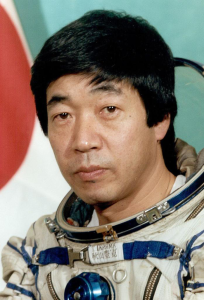 |
Mae’s role on board was a mission specialist. For eight days, Mae and her fellow astronauts floated in space, working on their experiments. In total, they conducted forty-three experiments. They wanted to learn more about weightlessness and the loss of calcium. Calcium is an important mineral in bones. The loss of calcium in bones is called osteoporosis. Everyone loses calcium, but women lose calcium faster than men in space. Mae also completed experiments on motion sickness and how to prevent it in space. She studied how biofeedback can help a person control motion sickness without the use of medication.3 Medication often has side effects (like drowsiness) that are dangerous for astronauts in space. Biofeedback uses electronic sensors to measure your breathing and heart rate. Using those measurements astronauts do mental training to control their motion sickness.4 Another experiment Mae conducted was to study if tadpoles (baby frogs) developed into frogs in a microgravity environment. Her results were that the tadpoles developed into healthy frogs even in no gravity.3
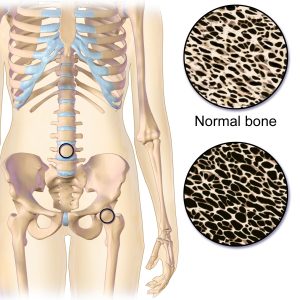 |
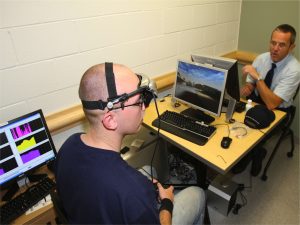 |
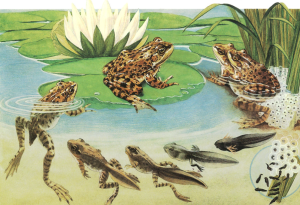 |
The space shuttle circled the earth 127 times and landed successfully back at the Kennedy Space Center on September 20, 1992. Mae was now the first African American woman to go into space!3
In 2001, Mae went on the very famous Oprah Winfrey Show to talk about her trip to space. She was interviewed by Oprah and the audience about her experience in space. Common questions they asked were, “What did you eat in space?” and “How did you stay clean?”
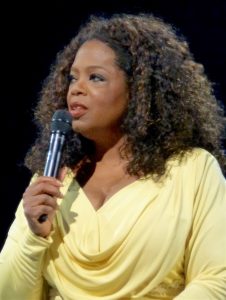 |
In the past, crew members made their meals by adding water to meal containers and kneading them. Mae’s mission had special serving trays and an oven on board to warm up food. The typical meals the crew ate on board were orange juice, scrambled eggs, sausage, and coffee for breakfast. For lunch, they had soup, sandwiches, and cookies. For dinner, they ate foods like shrimp cocktail, broccoli, strawberries, and cocoa.
Sanitation or staying clean in space is very important because infections can spread fast. There are no washing machines, so crew members changed their clothes every two days and put their dirty clothes in a zip lock bags. There are also no showers in space. Crew members had to take sponge baths. The crew used toilets similar to toilets on Earth. Male astronauts had to be careful when they shaved so their whiskers did not get into equipment.3
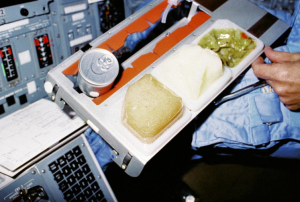 |
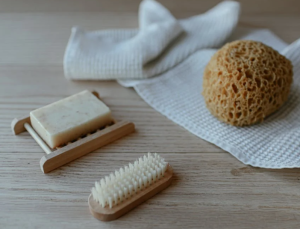 |
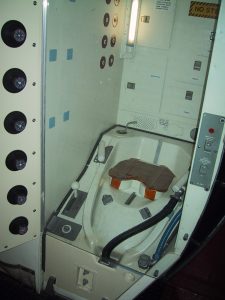 |
From space, Mae could see our beautiful blue planet. She took pictures of the Earth to study its environment and changes over time. Mae and her team worked hard every day, making important discoveries. Mae’s journey to space had come to an end, but her impact on the world was just beginning. Mae Jemison’s flight into space was a historic event, and she will forever be remembered as the first African American woman astronaut who went to space!3
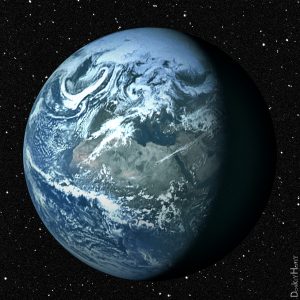 |
abordado
صعد
embarqué
сел
ជិះ
lên tàu
登上
탑승한
gravedad cero
انعدام الجاذبية
gravité zéro
нулевая гравитация
ភាពអវកាស
trọng lực bằng không
零重力
제로 중력
flotó
طفا
flotté
плавал
អណ្ដែត
trôi
漂浮
떠올랐다
calcio
الكالسيوم
calcium
кальций
កាល់ស្យូម
canxi
钙
칼슘
osteoporosis
هشاشة العظام
ostéoporose
остеопороз
ជំងឺរាងកាយចុះខ្សោយ
loãng xương
骨质疏松症
골다공증
microgravedad
جاذبية ميكرو
microgravité
микрогравитация
មេឃមីក្រូ
vi trọng lực
微重力
미세 중력
amasando
يعجن
pétrissage
замешивание
លី
nhào bột
揉面
반죽하기
impacto
تأثير
impact
воздействие
ឥទ្ធិពល
tác động
影响
영향

